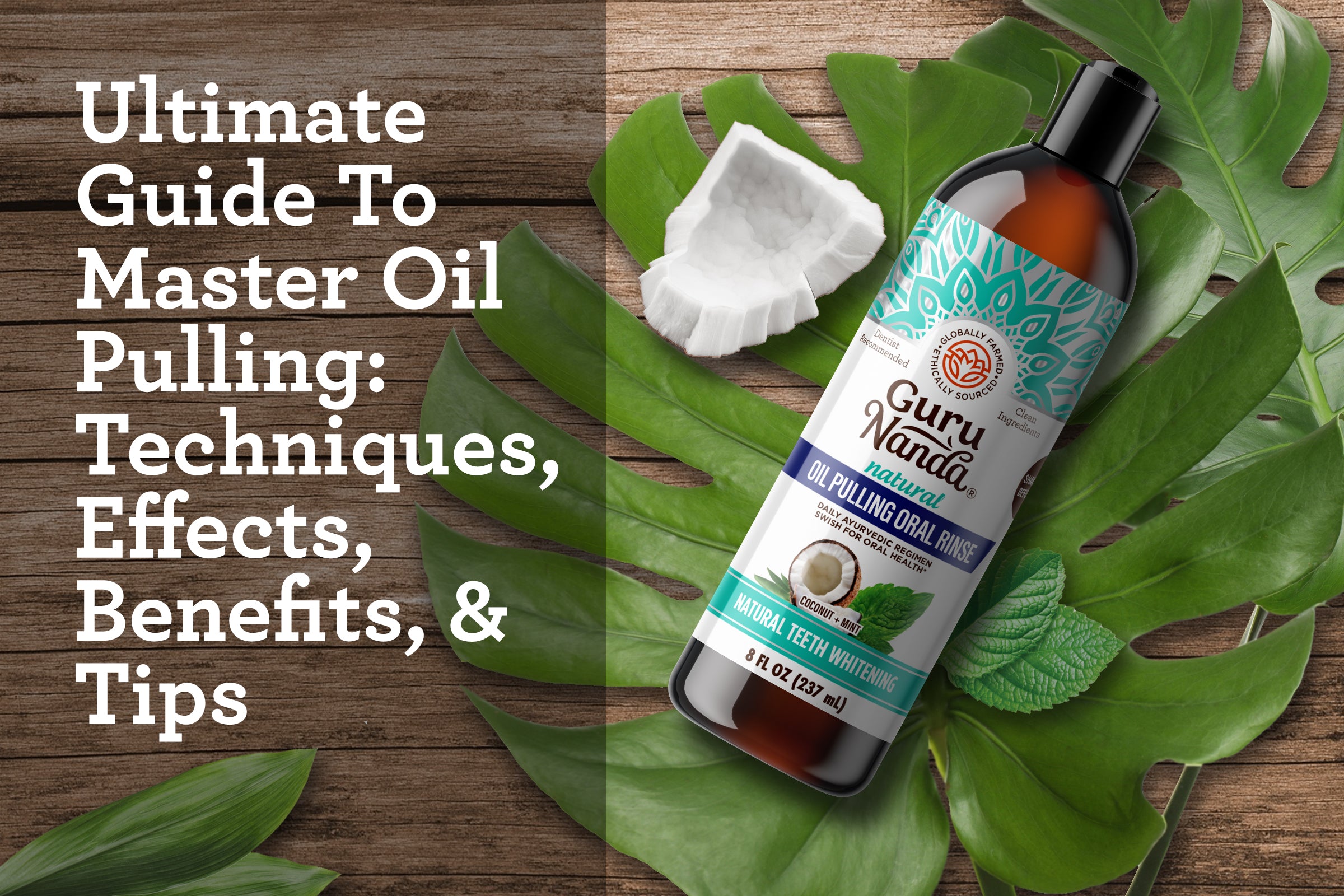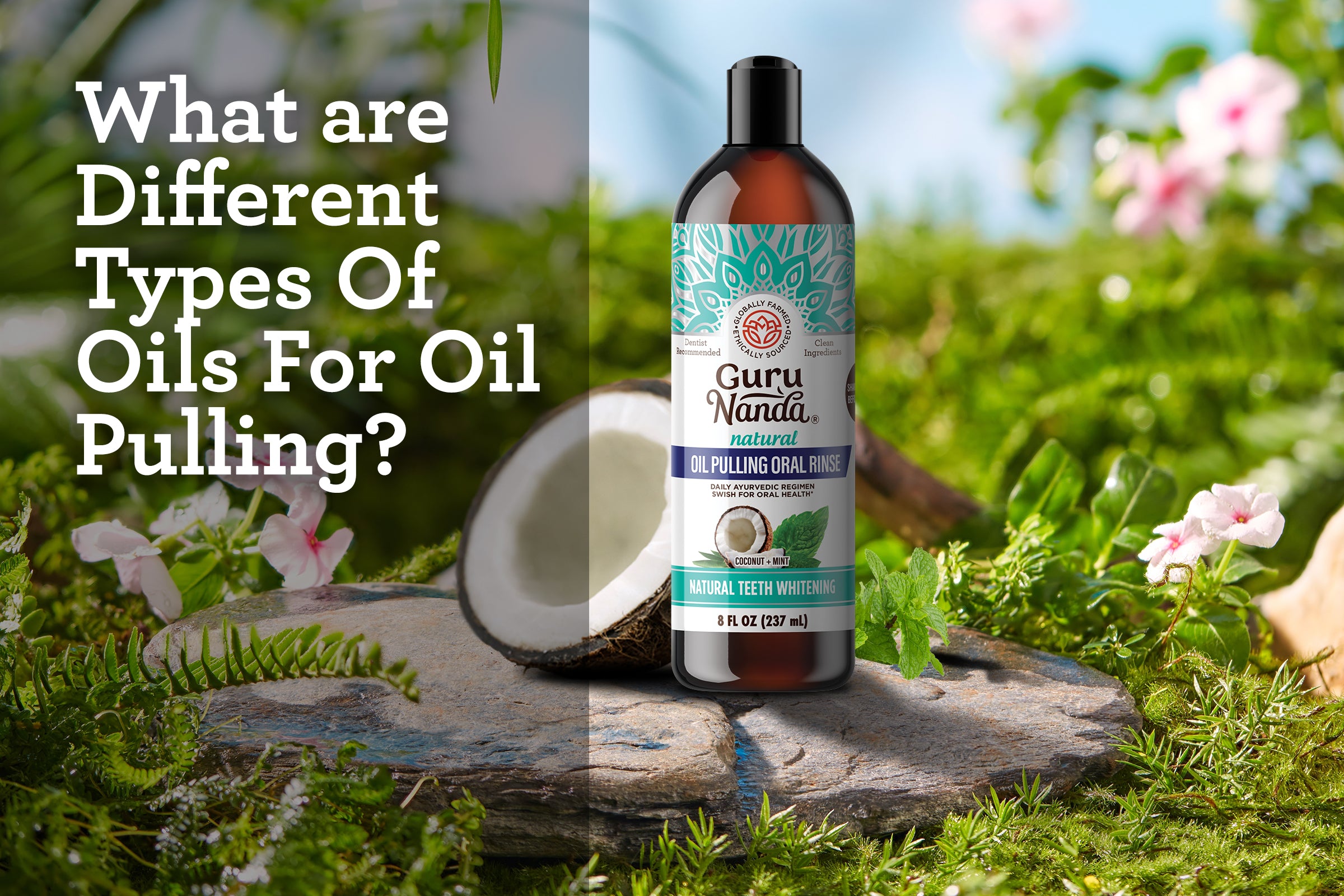De Desde temprana edad, nos enseñan la importancia de cepillarnos los dientes y lo vital que es para mantener la salud bucal. La mayoría de nosotros también aprendemos las técnicas correctas y las mejores maneras de cepillarnos. Sin embargo, a medida que el cepillado se convierte en algo cotidiano, En una rutina monótona, a menudo dejamos de prestar atención a cómo la hacemos. ¿Estás seguro de que estás usando el método adecuado? ¿Técnica de cepillado? Tomémonos un momento para explorar y reaprender la forma correcta de cepillarse los dientes. Este blog. Ya sea que prefieras un cepillo de dientes manual suave o uno eléctrico, según tu nivel de comodidad, te ayudaremos. Le guiaremos a través de los pasos necesarios para garantizar que mantenga una salud bucal óptima.
La forma correcta de cepillarse los dientes
Cepillarse los dientes es fundamental para eliminar la placa y las bacterias de forma constante. Se acumula en los dientes y a lo largo de la línea de las encías. Si no se elimina con regularidad, la placa puede causar caries y enfermedad periodontal. Para proteger sus dientes de estos problemas, veamos los pasos para cepillarse los dientes y emplear un método de cepillado adecuado. técnica, independientemente del tipo de cepillo de dientes que utilice, ya sea eléctrico o manual: [ 1 ]
Paso 1: Técnica Quadpacer: Cepille sus dientes durante dos minutos usando la técnica Quadpacer. Esto se hace dividiendo equitativamente los 2 minutos entre todos los cuadrantes de la boca: inferior izquierdo, inferior derecho, superior. Izquierda y superior derecha. Dedique 30 segundos a cada sección para asegurar una limpieza completa.
Paso 2: Ángulo óptimo del cepillo: Coloque las cerdas en un ángulo de 45 grados con respecto a las encías, Dirigido a la unión entre los dientes y las encías, un punto crítico para la acumulación de placa. Las cerdas no deben... perpendicular pero más bien en ángulo para alcanzar y eliminar los escombros de manera efectiva.
Paso 3: Movimiento circular de cepillado: Mueva el cepillo con movimientos circulares suaves, particularmente a lo largo de la línea de las encías, para capturar y barrer los residuos, centrándose en los dientes internos y externos. Bueno.
Paso 4: Sea suave y minucioso: evite presionar demasiado fuerte para evitar la irritación de las encías. Además, recuerda cepillarte la lengua y las encías para eliminar las bacterias que causan el mal aliento. Además, usa un raspador de lengua, que es más eficaz que un cepillo de dientes para limpiar la lengua.
Paso 5: Revisa tu trabajo: Después de cepillarte, inspecciona tus encías y dientes en el espejo. Para cualquier resto de comida. Las encías sanas no deben verse enrojecidas ni inflamadas.
Paso 6: Enjuague bien: Finalmente, enjuague bien su boca y cepillo de dientes para eliminar Toda la pasta de dientes y los restos sueltos.
Por Siguiendo estos pasos detallados, puede garantizar hábitos de cepillado efectivos que contribuyan al cuidado dental a largo plazo. salud.
Cómo elegir el cepillo de dientes adecuado
El Odontología americana La Asociación Americana de Dientes (ADA) enfatiza la importancia tanto de la técnica de cepillado correcta como del cepillado correcto. El cepillo de dientes en sí mismo es fundamental para un cuidado dental eficaz. Elegir un cepillo de dientes de cerdas suaves, como el GuruNanda Butter On Encías™ , que cuenta con más de 8000 cerdas SOFTEX™ para una limpieza suave y profunda es beneficioso. Asegúrese de que El cepillo de dientes se ajusta cómodamente a la boca para acceder fácilmente a todas las áreas. Debe reemplazar el cepillo de dientes cada tres meses, o antes si las cerdas se deshilachan o después de una enfermedad, para mantener una higiene bucal óptima y prevenir reinfección. [ 2 ]
Consejos A tener en cuenta al cepillarse los dientes
- Duración y cobertura: Cepille durante dos minutos, asegurándose de que todas las superficies de los dientes (internas, externas y Las áreas de masticación se limpian a fondo.
- Hábitos alimentarios: Mantener una dieta equilibrada, limitando el consumo de snacks azucarados y Bebidas para proteger tus dientes y encías.
- Visitas dentales regulares: Programe controles regulares con su dentista para la prevención y Tratamiento de enfermedades bucales.
Cómo ¿Cómo mantener una higiene bucal óptima?
Lograr una higiene bucal óptima requiere una rutina integral que va más allá de simplemente Cepillado. Comienza tu cuidado bucal con aceite. tracción utilizando el aceite de coco de GuruNanda , que ofrece numerosos beneficios Beneficios del enjuague con aceite . Continúe con la lengua. Raspar para eliminar eficazmente las bacterias. Continúe cepillando y usando hilo dental minuciosamente para limpiar todos los dientes. Superficies y espacios entre ellas. Puedes usar un cepillo de dientes manual o eléctrico para cepillarte. Después, Utilice palillos de hilo dental para el uso manual del hilo dental y Luego, un irrigador bucal como paso adicional. Si Si encuentra complicado el uso manual del hilo dental, al menos utilice un irrigador bucal que se adapte a sus preferencias y Comodidad. Termine su rutina de higiene bucal enjuagándose la boca con enjuague bucal para eliminar cualquier residuo y bacteria. Esto Una rutina completa garantiza que tu boca se mantenga sana y limpia.
Preguntas frecuentes
P: ¿Cómo? ¿Cuánto tiempo y con qué frecuencia debo cepillarme los dientes?
A: Tú Debes cepillarte los dientes dos veces al día, dedicando dos minutos cada vez. Usa un cronómetro o temporizador para asegurarte de cepillarte los dientes. Dale a tus dientes la atención que necesitan o utiliza un cepillo de dientes inteligente que tenga un temporizador incorporado.
P: ¿Qué tipo de cepillo de dientes debo utilizar?
A: El La Asociación Dental Americana (ADA) recomienda usar un cepillo de cerdas suaves. Un cepillo de dientes con un cabezal pequeño es... Ideal para quienes tienen poca destreza manual o dificultades para alcanzar todas las áreas de la boca. Cepillarse los dientes: un cepillo de dientes eléctrico es una opción beneficiosa.
P: ¿Qué pasta de dientes debo utilizar?
A: Elija una pasta de dientes según sus necesidades específicas, ya sea para combatir las caries, blanquear los dientes o Mejorar la sensibilidad. Si no está seguro de qué tipo elegir, consulte a su dentista o higienista dental. consejo.
P: ¿Puede causarme daño cepillarme los dientes en exceso?
A: Sí, el cepillado excesivo afecta los dientes y las encías. Para evitar problemas como la recesión gingival, la abrasión y... Sensibilidad, cepíllese con más cuidado. Usar demasiada fuerza al cepillarse puede dañar el esmalte dental y cena.
P: ¿Cómo? ¿Con qué frecuencia debo cambiar mi cepillo de dientes?
A: Reemplace su cepillo de dientes cuando muestre signos de desgaste o cada tres meses, lo que ocurra primero. Además, Es importante cambiar el cepillo de dientes después de recuperarse de cualquier enfermedad para ayudar a prevenir una reinfección.
P: ¿Son? ¿Se supone que debes cepillarte las encías?
A: Sí, debes cepillarte suavemente las encías junto con los dientes. Usa un cepillo de dientes de cerdas suaves e inclínalo en un ángulo. A 45 grados de la línea de las encías. Esto ayuda a eliminar la placa y estimula las encías, manteniéndolas sanas.
P: ¿Qué pasa si me salto el cepillado de dientes una noche?
A: Saltarse el cepillado durante una sola noche permite que se acumule placa, lo que puede provocar un aumento de bacterias en los dientes. boca. Esto puede causar mal aliento y contribuir a enfermedades de las encías y caries si saltarse las comidas se convierte en un hábito. Es importante mantener una higiene bucal constante para prevenir problemas dentales.






